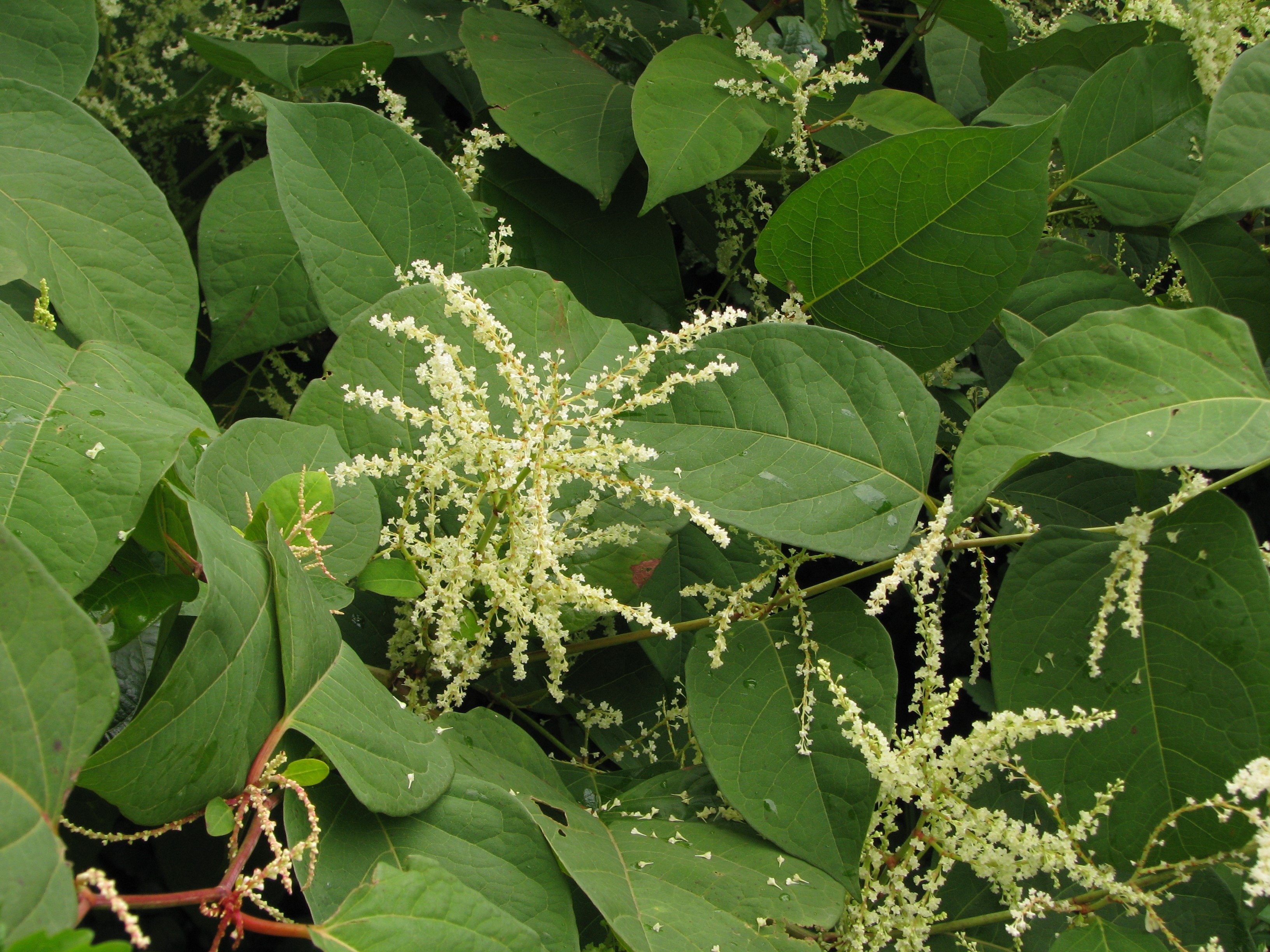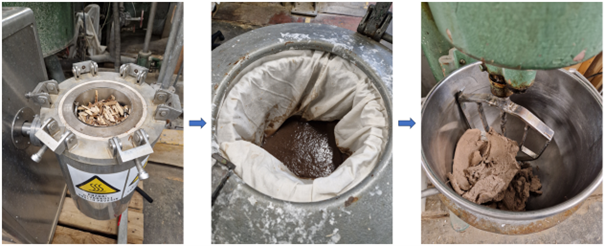
30 October 2023 – The first packaging made from invasive non-native plant species has been developed under the LEAP project, supported by the Norway Grants. These are the first concrete results of the project, whose main objective is to develop and demonstrate solutions for the design of protective packaging made of lignocellulosic plant fibres (from invasive non-native plant species), which will also provide an alternative to EPS (Styrofoam) packaging for heavier and more transport-intensive products.
Learning and Demonstration Alliance for Designing and Manufacturing Sustainable Industrial Packaging from Alternative Lignocellulosic Biomass (LEAP) project implemented under the Climate Change Mitigation and Adaptation programme, develops next generation advanced and functional packaging that incorporates waste biomass building blocks from invasive non-native plant species and enables the production of new high-performance packaging solutions. In fact, no sustainable alternative to EPS (expanded polystyrene) packaging has yet been developed for industrial packaging of large products. In this respect, the project focuses on a sustainable transition towards a circular economy based on biodegradability, reducing the consumption of virgin material resources, while addressing the issue of recycling of non-native plant waste.
The project will have the effect of creating a new value chain that operates on the principle of a closed-loop circular economy and enables the eco-design of industrial packaging. The environmental impacts are the most important, as studies have shown that replacing plastic with alternative cellulose packaging can lead to a reduction in life cycle CO2 emissions, taking into account the extraction and production of raw materials and their recycling.
The development of such packaging follows five basic steps:
1. Collection and pre-treatment of invasive non-native plants for downstream production processes: the key issue in the first step is to ensure sufficient plant biomass, so the activities of Surovina in the past months have included removing/collecting invasive plants and carrying out pre-treatment of the collected plants for downstream analysis and packaging production. Proper pre-preparation of plants for the production of protective packaging includes: removal of roots, leaves and flowers from the stems of the plants and drying and grinding or cutting of the stems.
2. Design of the paper-based protective packaging model
The project is developing an open source tool to support an integrated approach to the design of packaging made from alternative lignocellulosic fibres.
3. Preparation of paper pulp

4. Prototype packaging

5. Testing the packaging for mechanical stress, biodegradability, recyclability and compostability
In the second half of the project, the focus is more on the production of real protective packaging that can replace EPS styrofoam in the protection of household appliances. The project is also setting up an e-info point and a demonstration centre, where it will be possible to access different content on invasive plants and the production of packaging from lignocellulosic biomass.
You are invited to follow the project on social media and on the project website.
The LEAP project involves the Faculty of Mechanical Engineering of the University of Ljubljana as the project promoter and project partners Pulp and Paper Institute, Gorenje Ltd, Surovina and SINTEF AS from Norway.
Source: Surovina